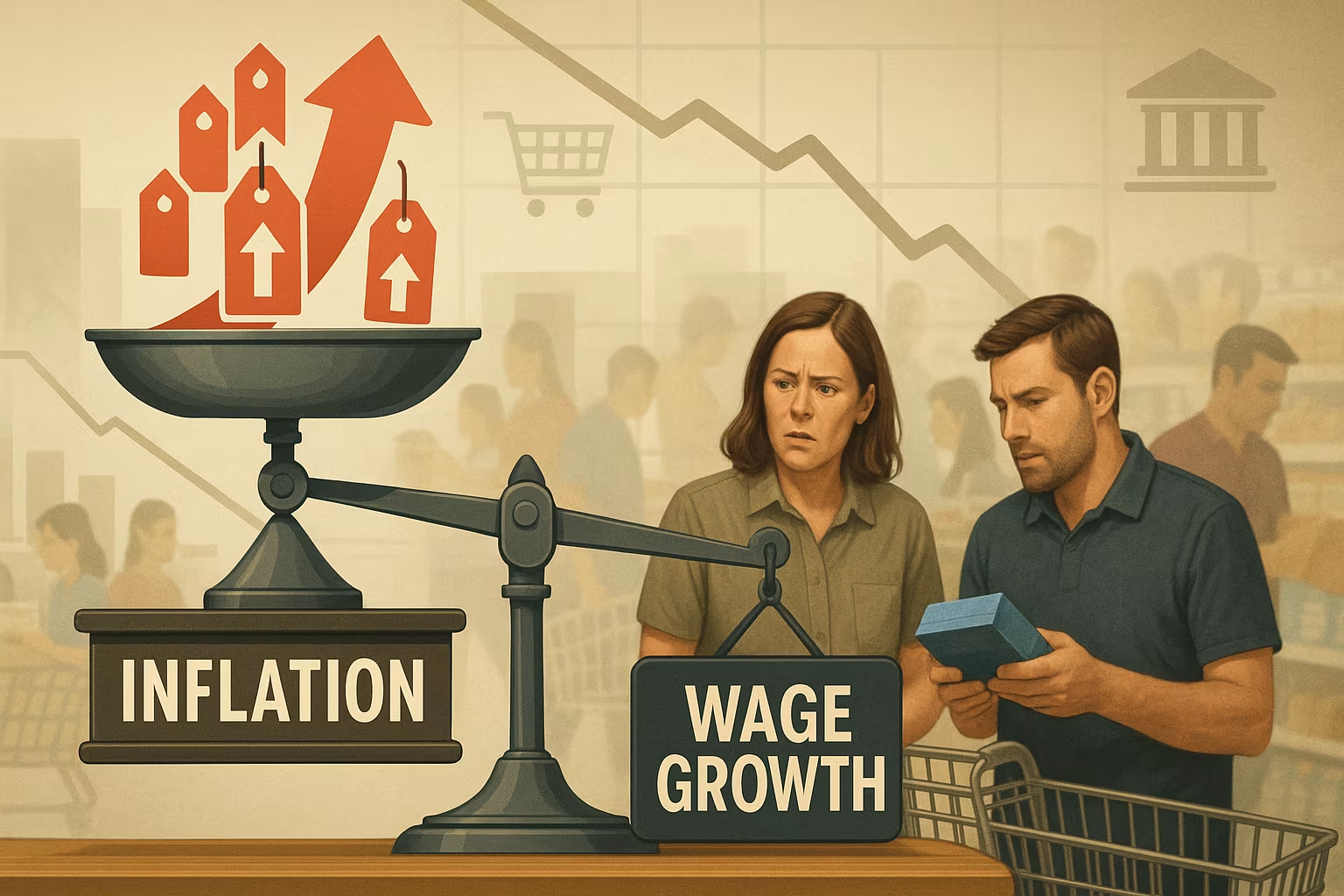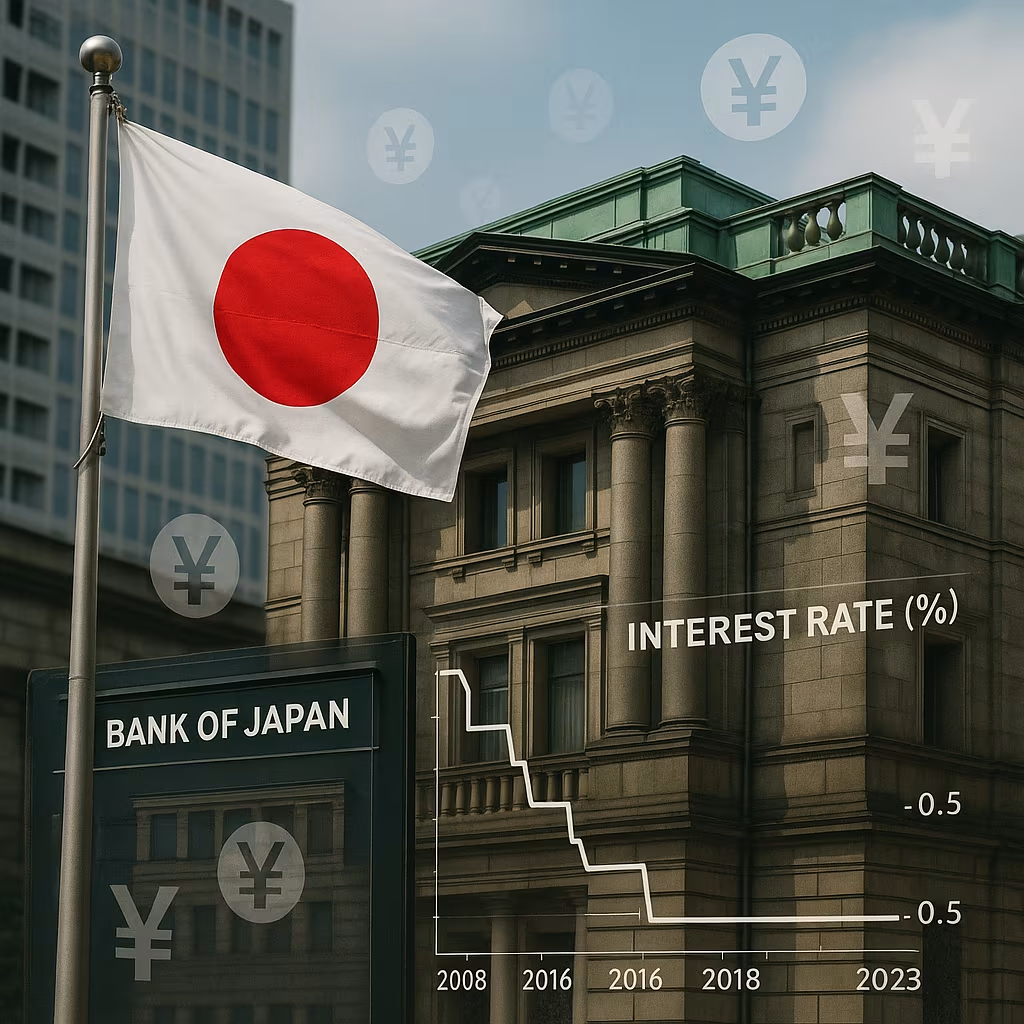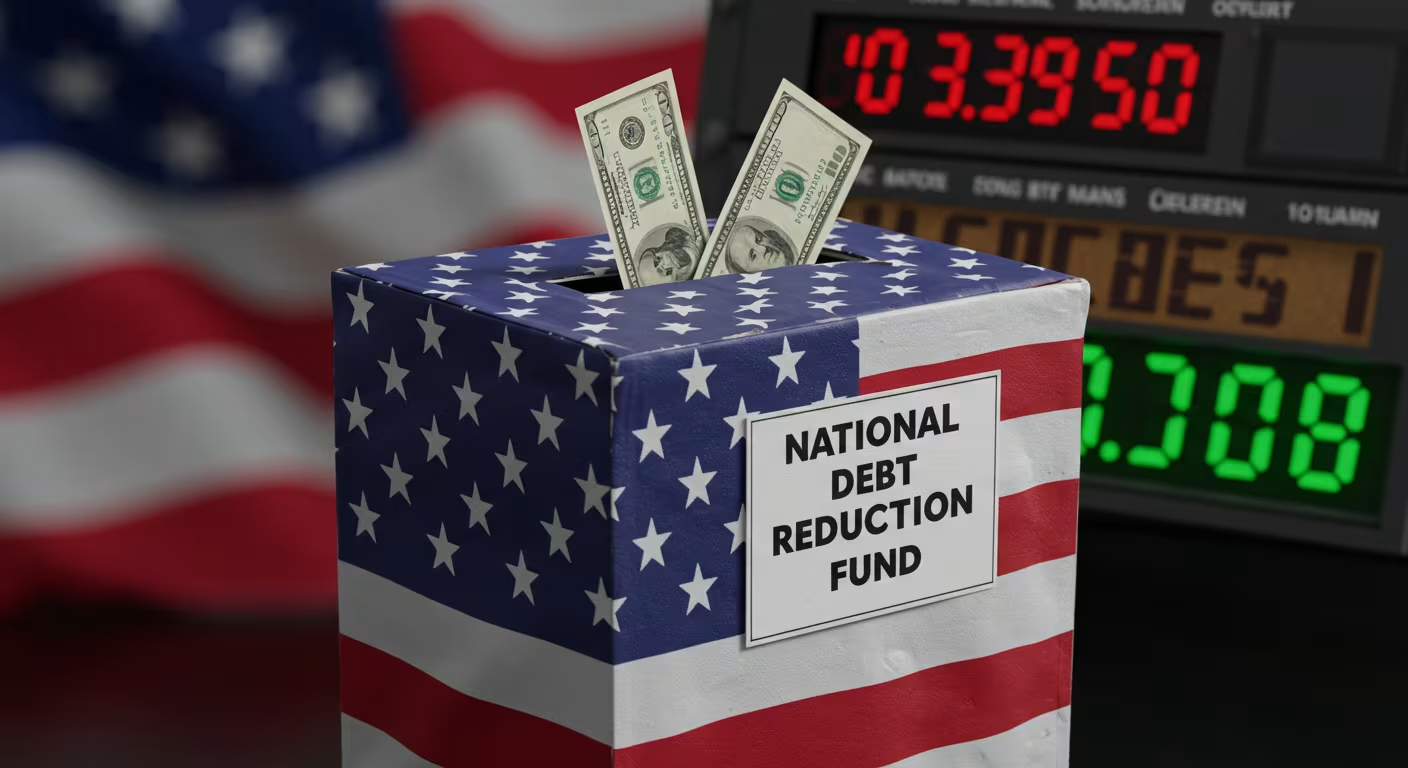Inflation in the United States has inched closer to 2.6% as of the latest Consumer Price Index (CPI) report, at the same time that wage growth shows clear signs of slowing. This troubling combination has stirred rising concern among economists, investors, and policymakers over the possibility of stagflation — an economic scenario defined by sluggish growth, persistent inflation, and weakening labor market momentum.
While inflation has cooled significantly from its 2022 peak, the stubborn persistence of core price increases combined with declining real wage gains signals a more complex and less optimistic phase of the current economic cycle. The Federal Reserve now faces a fresh dilemma: inflation remains above its target, yet wage-driven consumption and growth appear to be losing steam.
Inflation Edges Higher, Defying Expectations
The latest CPI data shows headline inflation rising to 2.6% year-over-year, slightly above market forecasts of 2.4%. Core inflation — which excludes food and energy — remains elevated at 3.1%, suggesting price pressures are more entrenched in sectors like healthcare, insurance, and housing.
Energy prices rebounded slightly after several months of decline, while shelter costs and service prices continue to exert upward pressure. Grocery inflation has moderated but remains volatile, and insurance premiums for health and autos are up sharply from the previous year.
These dynamics reflect not just supply chain recovery challenges but also underlying structural shifts in the economy, such as demographic changes, labor shortages in key service sectors, and ongoing geopolitical uncertainty driving commodity volatility.
Wages Lose Momentum, Eroding Household Buying Power
In contrast to inflation’s persistence, wage growth has slowed considerably. According to the latest Labor Department data, average hourly earnings rose just 0.2% month-over-month and 3.8% year-over-year, marking the slowest annual increase since mid-2021.
When adjusted for inflation, real wage growth has effectively stalled. For many households, this means that despite nominal pay raises, their purchasing power is either flat or declining. Discretionary spending is being trimmed, savings rates are rising modestly, and credit card delinquencies have begun to tick higher — all signs of increasing financial strain.
Low- to middle-income workers, especially those in retail, hospitality, and administrative services, are feeling the most pressure. Unlike in 2021–2022, when labor shortages gave workers strong negotiating power, current hiring trends suggest a rebalancing labor market that now favors employers.
What Is Stagflation, and Why Are We Worried?
Stagflation is a term that gained prominence in the 1970s and describes an economy suffering from stagnant growth, high inflation, and rising unemployment. It’s a particularly difficult scenario for policymakers because the traditional tools used to fight inflation — such as raising interest rates — often worsen unemployment and suppress demand further.
While the current U.S. economy is not in full stagflation, several warning signs are flashing:
- Economic growth is decelerating, with GDP projections for Q3 and Q4 revised downward to below 1.5%.
- Inflation remains sticky, with core inflation above the Fed’s 2% target.
- Wage growth is slowing, diminishing consumer purchasing power.
- Job creation is cooling, as shown in the recent payroll reports and rising jobless claims.
This mix of conditions increases the risk of a self-reinforcing cycle where slower wage growth leads to weaker spending, dragging down growth while persistent inflation keeps the cost of living high.
Federal Reserve’s Dilemma Deepens
The Federal Reserve has signaled a data-dependent approach to interest rate decisions. With inflation not yet fully tamed and growth data weakening, central bankers are caught between competing risks.
Cutting interest rates too early could reaccelerate inflation, especially in housing and credit-sensitive sectors. But maintaining high rates could stifle already-fragile wage and employment trends, potentially pushing the economy into a broader slowdown.
Markets are increasingly pricing in a rate cut in early 2026, but the Fed may find itself needing to act sooner if wage compression and consumer demand soften more quickly than expected. Fed Chair Jerome Powell recently acknowledged the complexity of the current environment, calling it a “gray zone” in which textbook monetary responses may not apply cleanly.
Consumer Sentiment Reflects Mounting Uncertainty
Consumer confidence, as measured by both the University of Michigan and Conference Board indexes, has declined for two consecutive months. Inflation expectations remain elevated, and surveys show rising concern over job security and future income growth.
Retail sales have flattened, particularly in categories such as apparel, electronics, and furniture. The housing market remains sluggish due to high mortgage rates and affordability challenges, and auto sales have declined amid rising loan costs and insurance premiums.
This erosion of confidence is particularly problematic because it directly impacts consumer behavior, leading to delayed purchases, less travel, and reduced spending — further contributing to the stagnation aspect of the stagflation risk.
Corporate Response: Bracing for a Slowdown
Large corporations are responding to the changing environment by revising earnings projections and tightening budgets. Tech firms, retailers, and manufacturers are all issuing more conservative forecasts, citing higher input costs and softer consumer demand.
Hiring has slowed, and some sectors — particularly logistics, finance, and real estate — have initiated layoffs or hiring freezes. Companies are also investing more cautiously, prioritizing cost-cutting and automation rather than expansion and growth.
AI and automation investments continue, as firms look to offset labor costs and enhance productivity in a slowing demand environment. However, these investments are concentrated in larger firms, leaving small and mid-sized businesses more vulnerable to rising costs and demand volatility.
Global Context: A Similar Story
The U.S. is not alone in facing the stagflation dilemma. Europe and parts of Asia are also grappling with slow growth and elevated inflation. Germany recently posted flat GDP growth, while the UK is battling inflation above 3% alongside rising joblessness.
Globally, central banks are being forced to walk the same tightrope — balancing inflation control with the need to support growth. The interconnected nature of global trade, commodity markets, and supply chains means that stagflationary pressures in one region can easily spill over into others.
What Could Reverse the Trend?
Avoiding a full-blown stagflation scenario will depend on several factors:
- Faster Decline in Inflation: If core inflation cools more rapidly, it will provide room for the Fed to ease rates and support growth.
- Productivity Gains: Investments in technology and AI could lift productivity, helping employers pay more without raising prices.
- Stronger Global Growth: A rebound in global demand could support U.S. exports and manufacturing activity.
- Stabilization of Energy Prices: If energy and commodity prices remain stable, headline inflation may ease even as core inflation lags.
Nonetheless, these are optimistic possibilities in a highly uncertain environment.
A Fragile Balance Ahead
The simultaneous rise in inflation to 2.6% and the clear deceleration in wage growth mark a turning point in the post-pandemic economic narrative. What was once a recovery driven by strong consumer demand and rapid hiring is now entering a period of heightened complexity and risk.
Stagflation may not yet be a certainty, but the ingredients are increasingly present. Policymakers, businesses, and households alike must navigate this fragile moment with caution, flexibility, and a close eye on both inflation metrics and labor market dynamics.
The months ahead will be crucial in determining whether the U.S. economy can transition into a stable, lower-inflation environment — or whether it slips into a prolonged phase of stagnation and unease.





